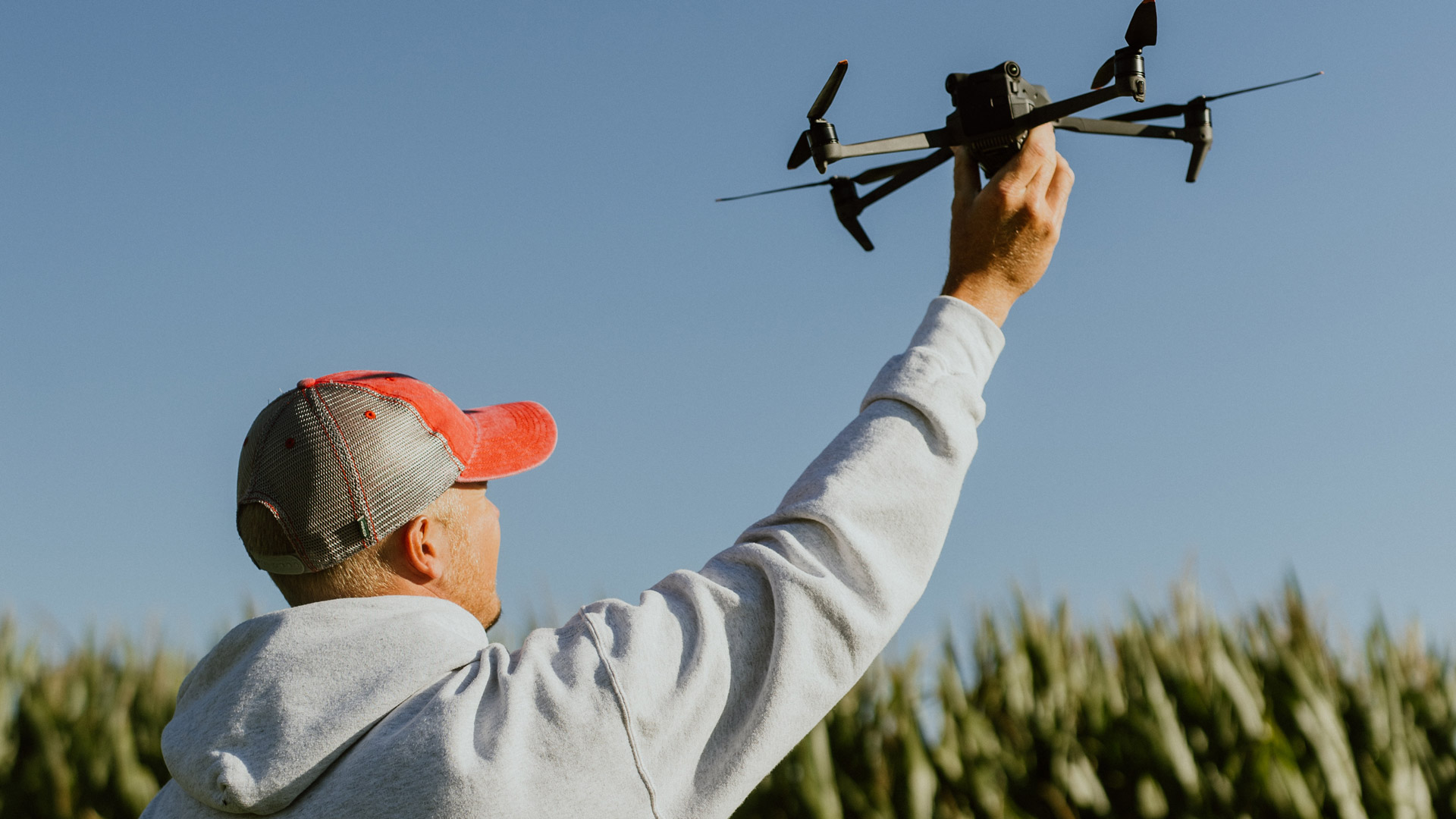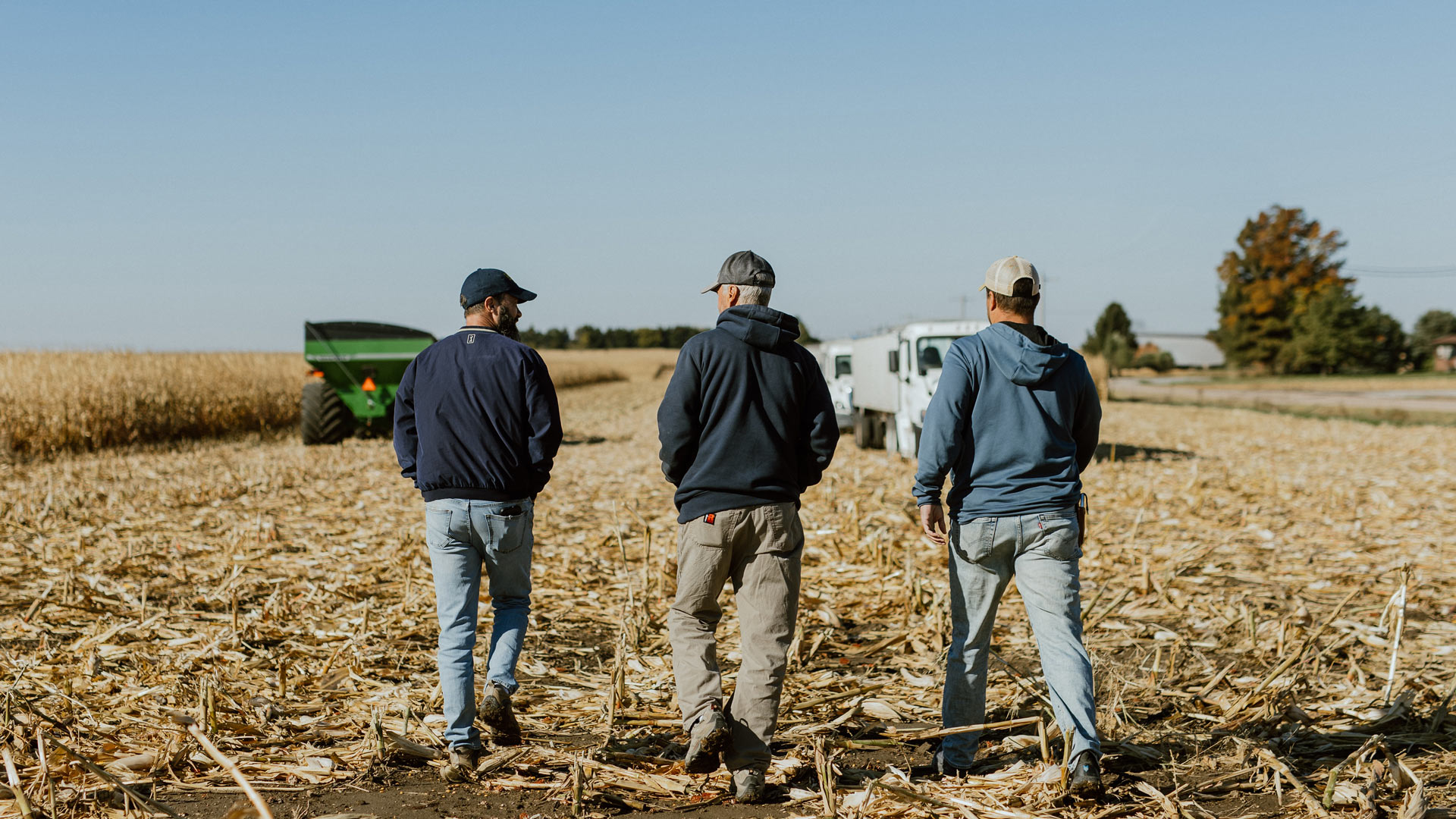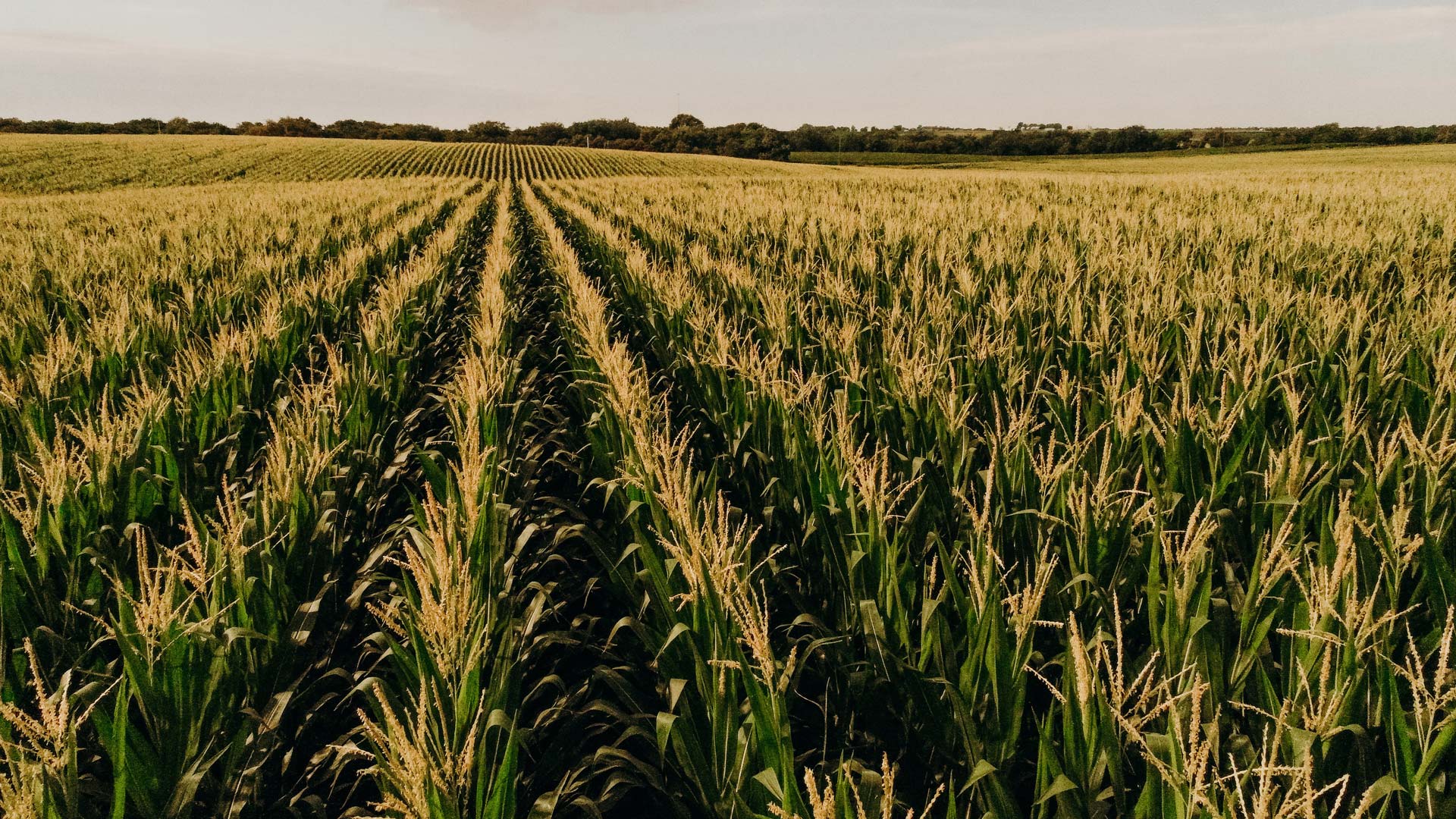Along with harvesting, planting is one of the most important times of year for corn farmers. It sounds simple: prepare the field for planting and then put the seeds in the ground. However, deciding when to plant corn requires striking a delicate balance.
Corn farming in the spring is a tug-of-war between what the farmer wants to do—plant early enough so the crop has plenty of time to grow and flourish before it’s time to start harvesting corn—but not plant so early that there’s high risk of cold weather.
Typically, corn farmers in Nebraska find April or May are the best times to plant corn. Why are these months ideal for planting corn? What could go wrong if farmers planted earlier? Here are reasons why farmers start planting corn in April, and some of the challenges they must navigate during spring planting season.
The Best Soil Temperature for Corn Planting Is in April or May
Corn needs specific conditions to grow. One of the most important is soil temperature.
Ideal soil temperatures for planting corn are between 50-55 degrees Fahrenheit. This is because soil temperatures in this range encourage germination of the corn seed and early growth. Seeds planted in soil temperatures that are lower than that may not germinate as quickly, or some of the plants may germinate later and lag behind other plants in the field. The goal is a farmer is to plant seeds so they are uniform in growth and size, cold temperatures can have effect this.
Whether corn is going to be used for food products, livestock feed, ethanol—or one of the many other uses for corn—it’s important to raise the highest quality crop possible. Corn that is stunted and does not fully develop, planted too early, doesn’t have enough or too much water or a crop that is weakened and susceptible to disease, can produce a smaller and lower quality yield. Due to the importance of soil temperature to planting corn, many agricultural services around the country monitor soil temperatures in the spring for farmers. Farmers often make sure their own fields are ready by taking the soil temperature.
Corn Is Usually Safe from Frost in Late April
Corn plants are vulnerable to colder temperatures, so farmers take great care to wait to plant until after the danger of frost has passed. That’s because frost can stunt the growth of the seedlings or even kill the corn plants before they’re strong enough.
To minimize the risk of frost damage, farmers typically monitor historical frost dates, consult weather forecasts and consider local climate patterns to determine the optimal planting window.
Historically, the statewide average last freeze in Nebraska is April 23-25. The earliest recorded final freeze was March 27, 1925, and the latest final freeze was May 29, 1947. In 2023, the statewide final freeze was on May 3. This means farmers must be diligent with a wide range of temperatures.
How long does corn take to grow? Different varieties of corn mature at different rates. For example, seed scientists have developed early maturing seed varieties to meet the demands of a short growing window. Factors like temperature and moisture—corn needs adequate moisture and warm weather—can impact how fast the plants grow. However, in general, corn takes between 95-115 days to mature.
Soil Moisture in April Is Ideal for Corn Planting
Corn plants need adequate soil moisture to grow. However, too much moisture can be detrimental to the seeds and plants. Growing conditions in April are typically just right when it comes to moisture, because the snow has melted away and distributed into the soil.
However, farmers may have to wait if the area experiences a particularly wet spring or a long stretch of rainy weather.
Here are several reasons corn can’t be planted in very wet soil:
- Poor germination: Too much soil moisture can lead to poor seed germination. This can result in delayed or uneven emergence of seedlings.
- Seed rot and decay: Wet soil conditions increase the risk of seed rot and decay. Excessive moisture creates a favorable environment for the growth of fungal and bacterial pathogens that can attack and deteriorate the seeds.
- Increased disease risk: Wet soil provides an ideal environment for the growth of fungal and bacterial diseases that can attack a corn plant. These diseases thrive in extremely moist conditions, and planting corn seeds in overly wet soil increases the likelihood of these impacting plant health and yield.
- Too muddy in fields: In addition to being detrimental to corn, overly wet conditions make it extremely difficult for farm equipment to navigate the muddy fields.
Crop Insurance Restricts Planting Dates
With all the risks farmers face, many choose to buy crop insurance to protect their investment in the case of natural disasters. However, most crop insurance policies will not cover losses if farmers plant crops too early or too late. They do this by establishing an initial planting date, which is the earliest a farmer can plant their crops and still be covered by the insurance.
Nebraska’s initial planting dates for crop insurance vary across the state. Some farmers can plant on April 15, while others can plant as early as April 10 and still be covered by their policies.




